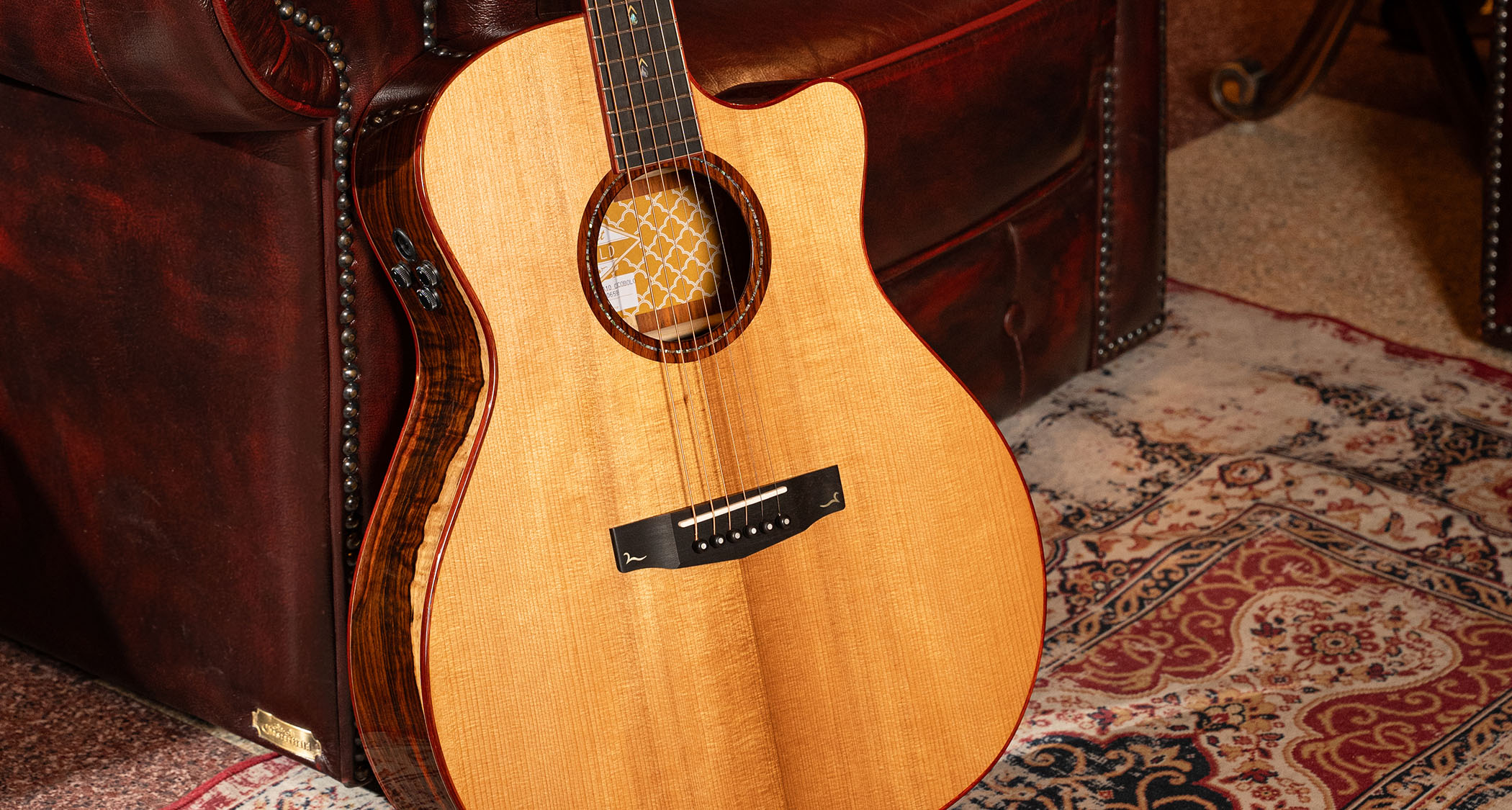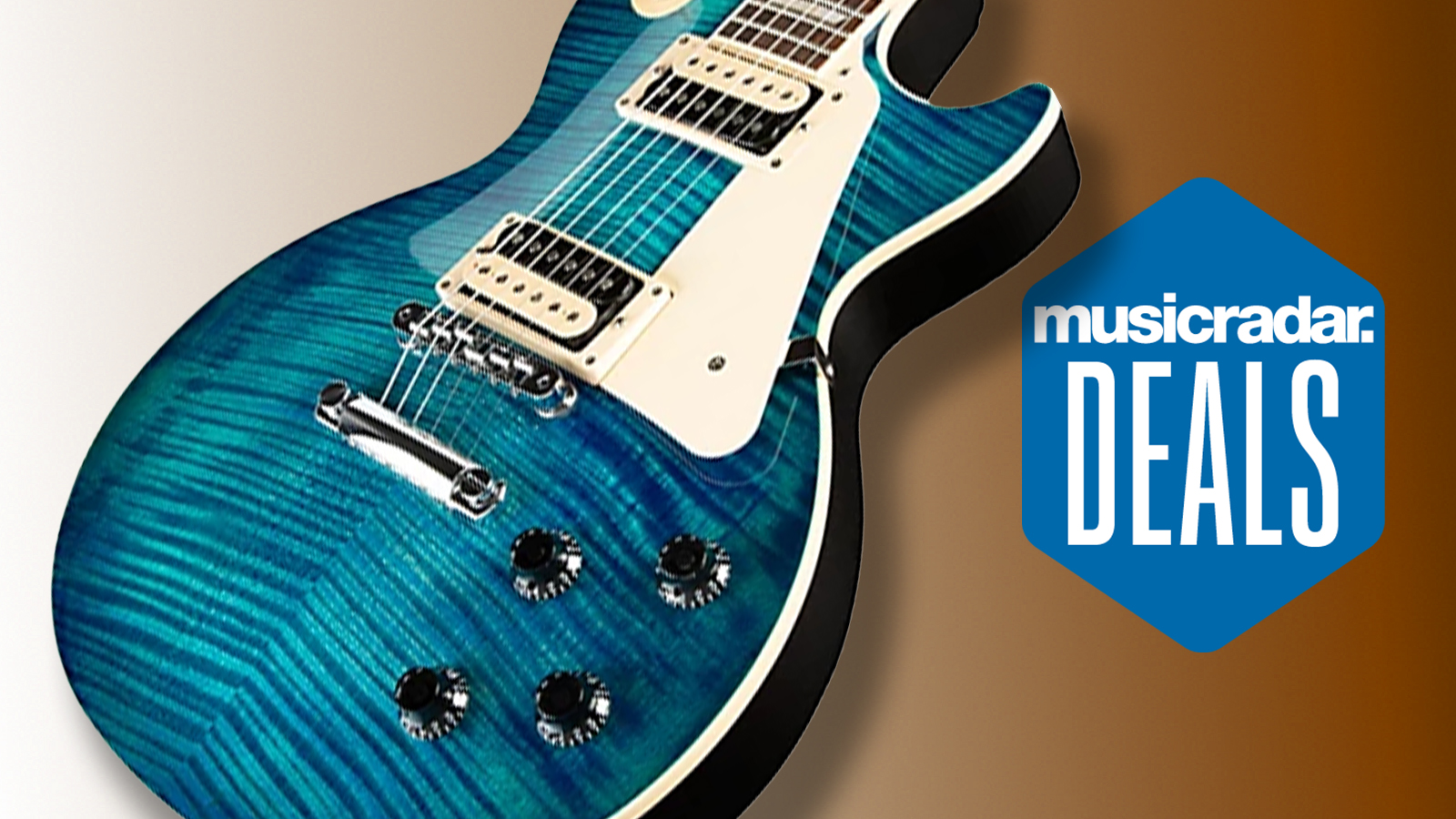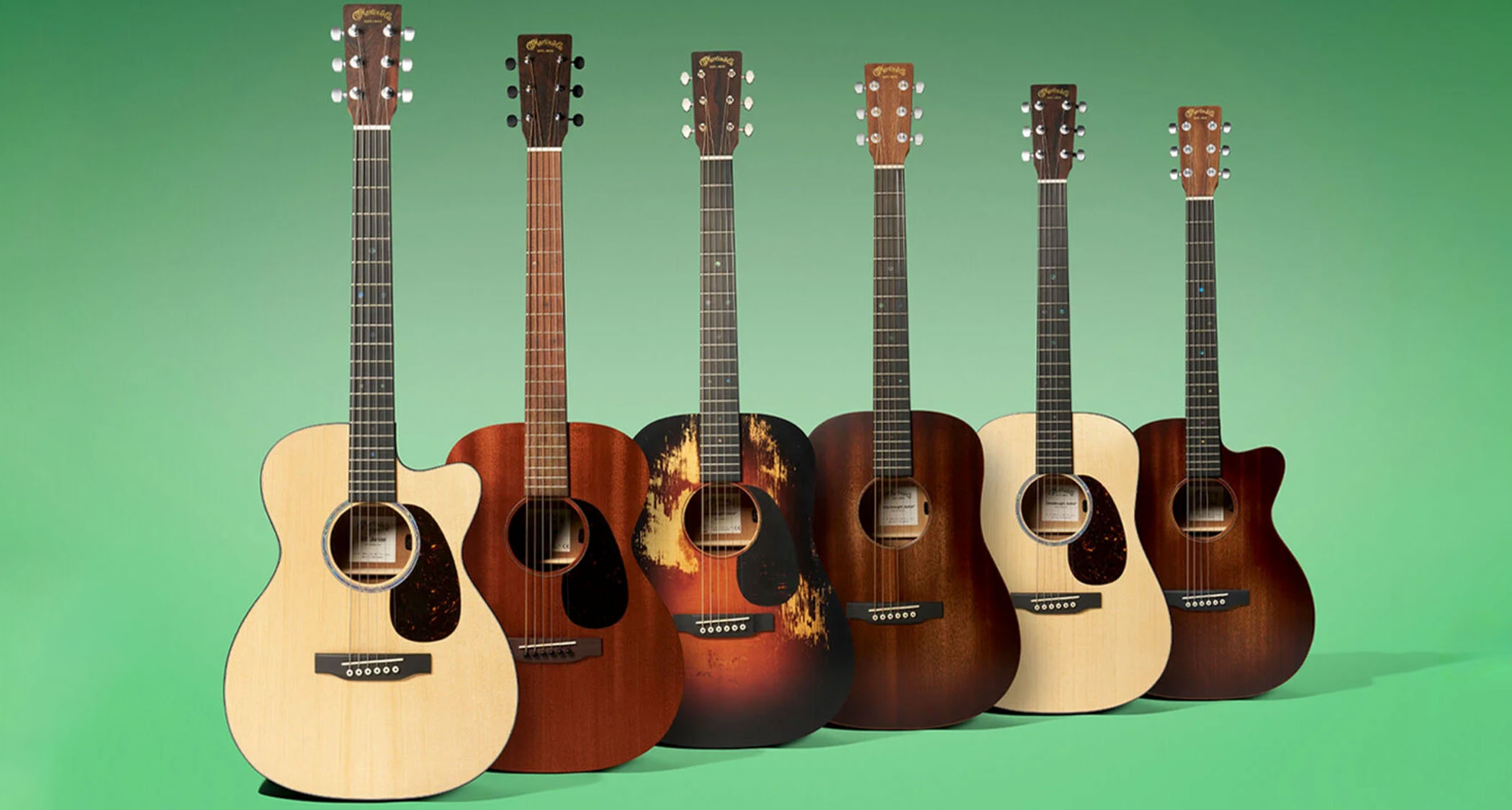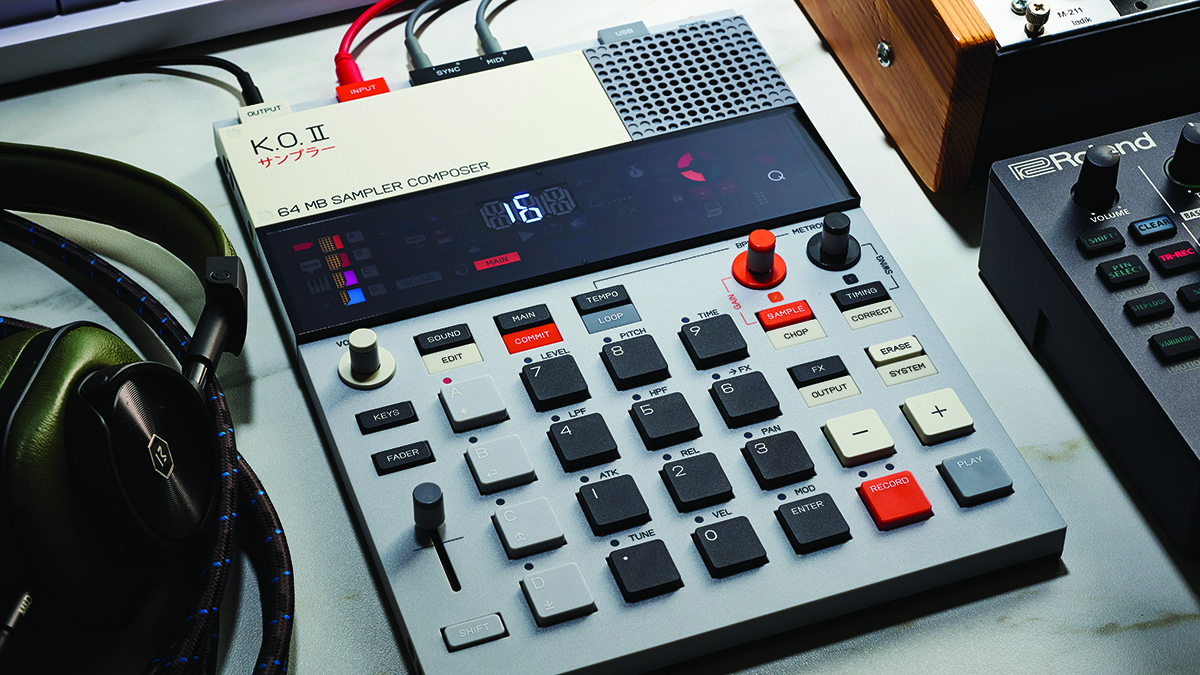Vintage music tech icons: Yamaha DX7
An undisputed classic, the iconic FM synth changed the synth landscape forever
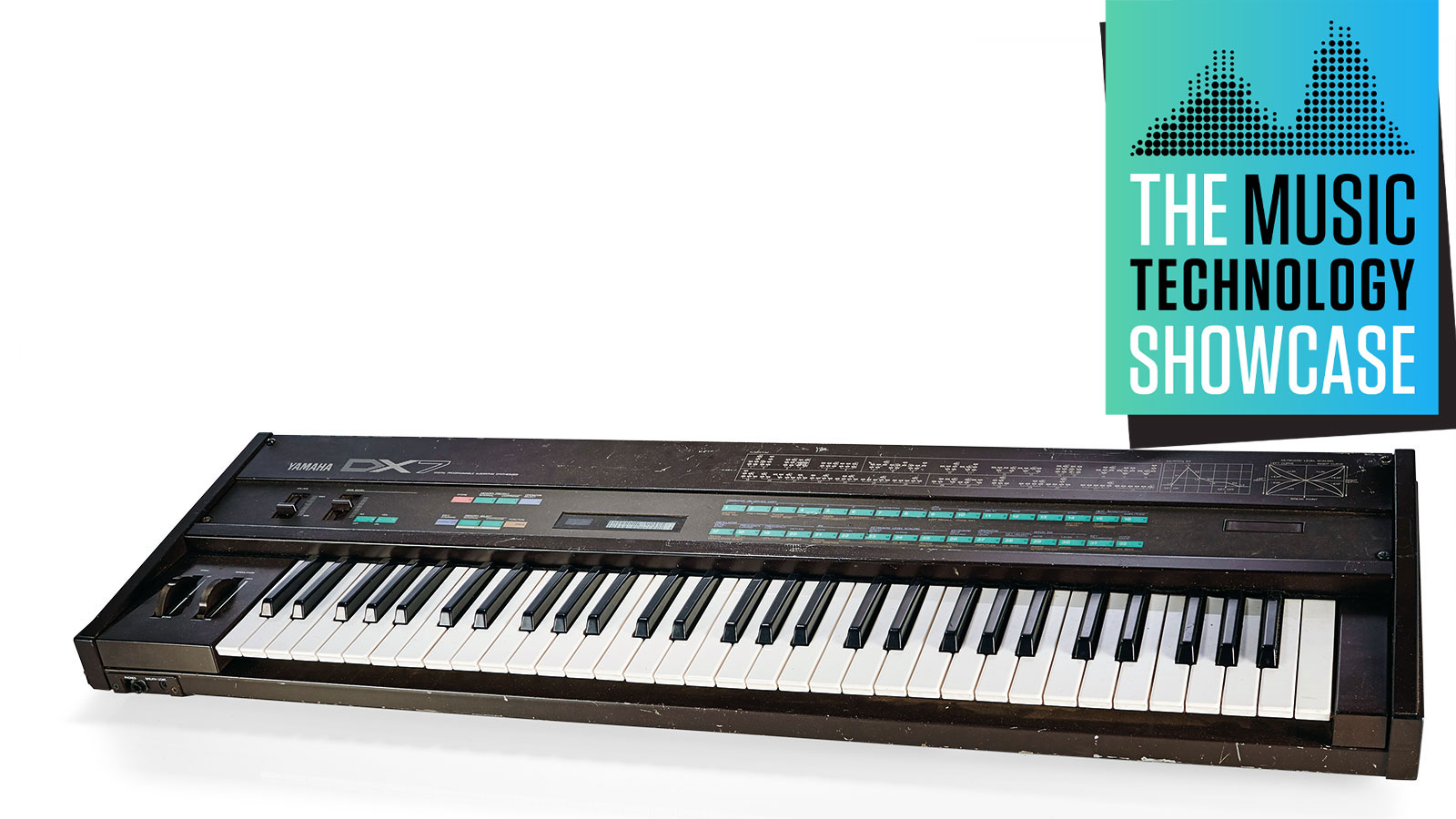
Music Tech Showcase 2021: The DX7 has claimed its rightful and prominent place in synthesizer history for a range of reasons, good and bad.
On the one hand it harnessed a novel type of all-digital synthesis, allied to increased polyphony and portability. It would also be viewed as the death knell of analogue synthesis and harbinger of the ‘less knobs, more buttons and a small screen’ approach to programming.
At its heart the DX7 uses linear phase modulation synthesis, a specific variant of FM (Frequency Modulation). FM had been around for many years in telecommunications and radio, but here it was used only as a way of carrying audio signals, not generating new ones – it utilised signals in the MHz range, well beyond audio frequency spectrum.
It could also be used on some analogue modular systems of the time by routing one sine wave oscillator to modulate the frequency of another. If the modulating frequency is very low (below about 15Hz) and not that strong, you will simply hear vibrato. However, as the modulating frequency is increased into the audio range something interesting happens – new audible frequencies are generated.
While Yamaha did not invent FM synthesis, and nor were they the first to bring it to market, they did rationalise it into a usable, affordable system
These so-called side-bands sit either side of the original (carrier). If the ratio between modulator and carrier is a whole-number ratio, you get more harmonic results.
By controlling the level and frequency ratio of the two oscillators it is possible to create a synthesis system that eschews the classic subtractive oscillator and filter combo, allowing you to create sounds not easily achievable in that realm.
While Yamaha did not invent FM synthesis, and nor were they the first to bring it to market, they did rationalise it into a usable, affordable system. Computer music pioneers like Max Matthews had been experimenting with computer-generated music since the ’50s, but it was at Stamford University in the late ’60s that researcher John Chowning first used digital FM to create music.
Get the MusicRadar Newsletter
Want all the hottest music and gear news, reviews, deals, features and more, direct to your inbox? Sign up here.
With encouragement from Matthews, Chowning honed the system to allow for real-time timbral control until in 1973 Yamaha’s organ division decided to take a punt on the technology.
In the intervening years New England Digital (NED) introduced the (very expensive) Synclavier, which used additive and FM synthesis. Yamaha meanwhile explored ways of utilising FM, and introduced a few predominantly preset-based machines. However, this relatively inauspicious use of the technology was about to change the synthesizer world dramatically.
The magnificent Seven
The DX7 uses a system of six interconnected operators (sine wave oscillators) for its synthesis. These may be joined together in one of 32 pre-configured ‘algorithms’ allowing you to mix or modulate operators. Each operator has its own six-stage envelope generator, that sits alongside a global pitch envelope.
The timing and strength of each of these envelopes is the primary means with which you control timbre. A global LFO is also provided for pitch and amplitude modulation (mainly to create vibrato and tremolo effects).
Critically, the DX7 also offered 16-note polyphony (two or three times more than most other synths of the era), velocity sensitivity, aftertouch and even breath control. Add to this patch memories (combined with a slot for ROM and RAM cartridge), its small footprint and MIDI, and you had a thoroughly modern synth – plus it cost less than £1,500 (half the price of an Oberheim OB-8!).
For a gigging musician to have instant access to decent organ, clavinet and electric piano sounds was just one way in which the DX7 came to be so popular
While it didn’t have the warmth or depth of the best analogues, it could create sounds that they could not. For a gigging musician to have instant access to decent organ, clavinet and electric piano sounds was just one way in which the DX7 came to be so popular.
In fact, the famed DX E.Piano still makes its mark to this day, having eventually become a staple of Smooth Jazz. The DX7 was also embraced by those looking for something sonically different, such as Brian Eno, who used FM synths for many years across numerous projects.
The big issue for many users though was getting their heads around the distinctly unintuitive programming system. Not only was creating a sound very unlike the familiar subtractive approach, but parameters were changed via 24 membrane-style switches and one data slider.
Compared to what was to come, the number of buttons was almost luxurious but, however you looked at it, editing seven different envelopes as a means of sound creation was never going to be fun, even with an LCD screen to help you.
Nonetheless, people did programme the DX, creating a healthy side industry in third-party ROM cartridges (and eventually patch files that could be loaded from the new generation of personal computers kitted out with a MIDI interface and utilising the novel MIDI SysEx format). It was the ’80s and the (almost) all-digital music system had finally arrived.
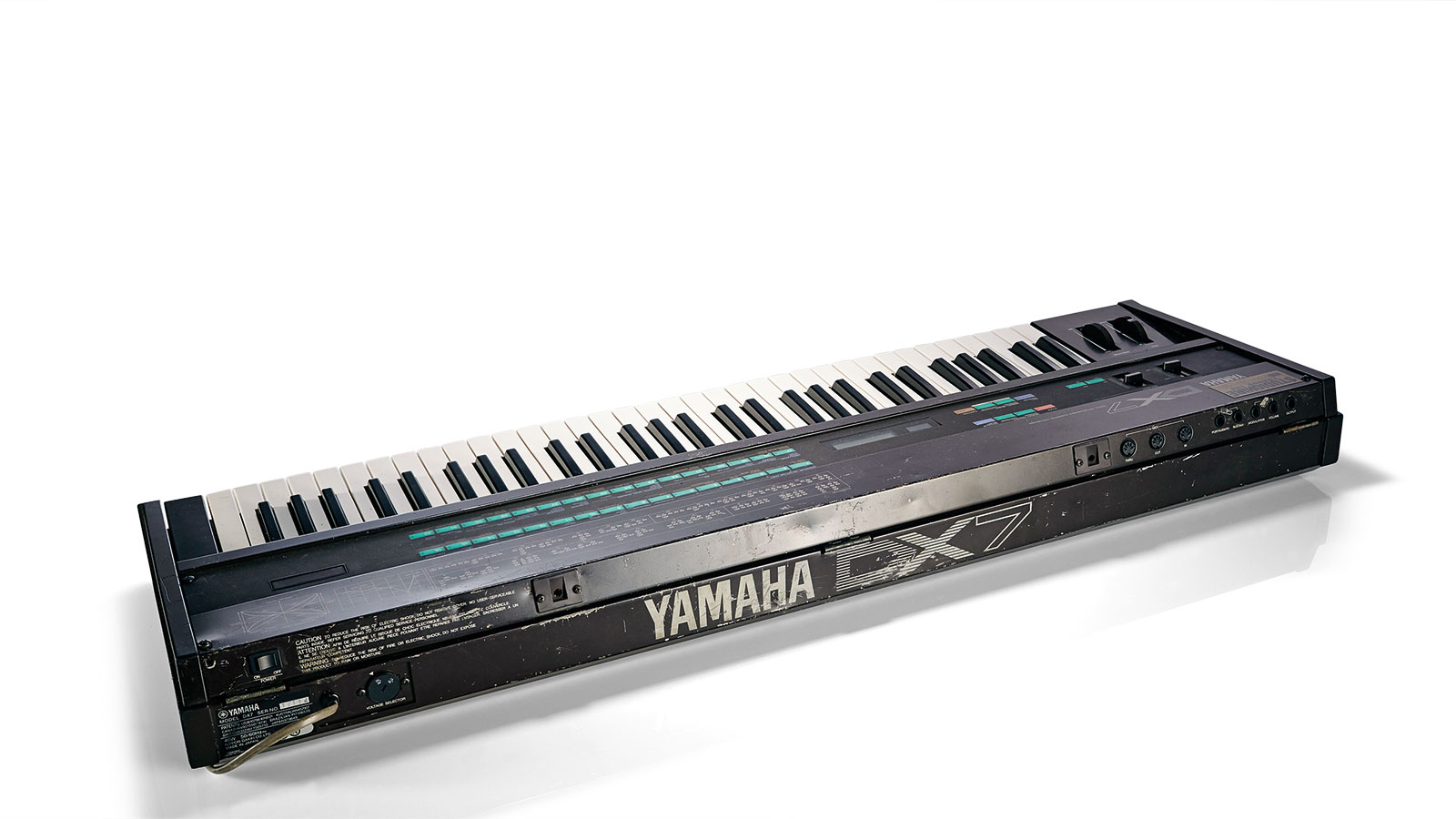
Meet the family
Despite making such a splash, the DX7 was only third in line to the FM crown at the time. At the head of the range was the DX1, which bundled what amounted to two DX7s into a handmade rosewood case with a large weighted keyboard, but also added a plentiful supply of visual feedback to aid programming. Beautiful but outrageously expensive.
The smaller DX5 was closer to a straight dual DX7 engine synth, and the DX9 reduced the Operator count to four, for a less sophisticated (and cheaper) way of accessing the modern FM sound. But it is the DX7 that is remembered for its well-deserved place in the synthesizer hall of fame.
Verdict
The DX7 is the epitome of ’80s digital synthesis and design, and it still makes its mark even today.
Original RRP £1,495 | Used from £200
Buying a used Yamaha DX7
There’s plenty of choice when it comes to buying a used DX
1. Being predominantly digital circuitry, and with few knobs or sliders, DX7s are pretty reliable. The most likely problem areas will be worn or malfunctioning membrane switches or internal backup batteries requiring replacement.
2. If you want the authentic DX7 sound (ie noisier output of 12-bit converters) go for a Mk1. The Mk2 versions had a cleaner output, might be more reliable (and had better MIDI specs).
3. For a more cut-price FM experience, look at the four-operator versions (DX11, DX100 and many others). Note also that keyboards like the SY77 had what amounts to a DX7 built into their more expansive ROMpler-style architecture.


Future Music is the number one magazine for today's producers. Packed with technique and technology we'll help you make great new music. All-access artist interviews, in-depth gear reviews, essential production tutorials and much more. Every marvellous monthly edition features reliable reviews of the latest and greatest hardware and software technology and techniques, unparalleled advice, in-depth interviews, sensational free samples and so much more to improve the experience and outcome of your music-making.




